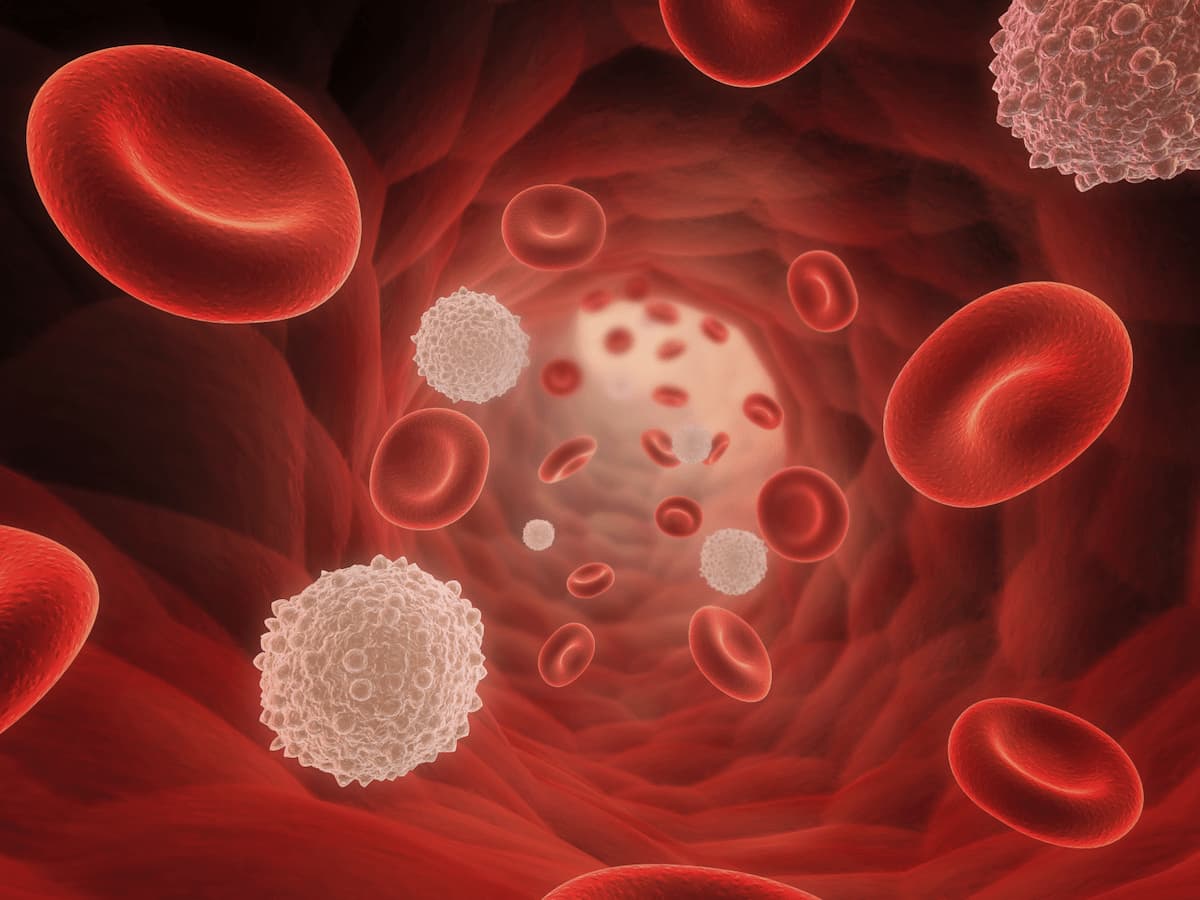Loncastuximab Tesirine Combo Is Effective, Safe in R/R Follicular Lymphoma
Loncastuximab tesirine and rituximab led to encouraging responses in most patients with relapsed/refractory follicular lymphoma in a single-center study.
“Loncastuximab [tesirine] with rituximab in patients with relapsed/refractory follicular lymphoma is well tolerated and highly effective with a metabolic CR rate,” according to lead study author Claudia Grandas, BSN, RN.

The combination of loncastuximab tesirine (Zynlonta) and rituximab (Rituximab) demonstrated complete responses (CRs) in a small sample size of patients with relapsed/refractory follicular lymphoma, according to phase 2 results of a single-institution, investigator-initiated trial (NCT04998669) that were presented at the 2024 Oncology Nursing Society Congress.1
Results showed that in the initial 10 patients, 7 achieved a CR, which met the prespecified criteria to move the study to the second stage. In the 21 patients who were evaluable for response, the objective response rate (ORR) at 12 weeks was 95.2%. The CR rate was 67%, the partial response (PR) rate was 28%, and 5% were not evaluated.
Additionally, all CRs were maintained and 4 of 6 PRs improved to CRs at 21 weeks, with 2 patients not yet re-evaluated, leading to an 86% CR rate and a 14% PR rate.
“Loncastuximab [tesirine] with rituximab in patients with relapsed/refractory follicular lymphoma is well tolerated and highly effective with a metabolic CR rate,” lead study author Claudia Grandas, BSN, RN, of Sylvester Comprehensive Cancer Center, said in a poster presentation of the findings.
There is no current standard therapeutic option for patients with relapsed/refractory follicular lymphoma. Loncastuximab tesirine is a CD19-directed antibody-drug conjugate that is approved for the treatment of adult patients with relapsed/refractory large B-cell lymphoma following at least 2 lines of systemic therapy, including diffuse large B-cell lymphoma (DLBCL) not otherwise specified, DLBCL arising from low-grade lymphoma, and high-grade B-cell lymphoma.
The accelerated approval is based on findings from the phase 2 LOTIS-2 trial (NCT03589469), in which loncastuximab tesirine demonstrated a 48.3% ORR, which included a 24.1% CR rate in patients with relapsed/refractory disease who had received 2 or more prior lines of systemic therapy.2
In the trial out of Sylvester Comprehensive Cancer Center from the University of Miami Health System, investigators evaluated the combination of loncastuximab tesirine and rituximab in adult patients with relapsed/refractory follicular lymphoma who were previously treated with at least 1 line of systemic therapy. Patients met Groupe d'Etude des Lymphomes Folliculaires criteria or had disease progression within 24 months at time of enrollment.
Mandatory premedication with dexamethasone was administered at 4 mg twice daily for 3 days. In the initial 21 weeks of treatment, patients received 4 weekly doses of intravenous (IV) rituximab at 375 mg/m2 followed by 1 dose every 8 weeks, totaling 5 doses in association with IV loncastuximab tesirine at 0.15 mg/kg every 3 weeks for 7 total doses.
The primary end point was CR by the 12-week PET/CT scan. For patients who achieved a CR at 21 weeks, loncastuximab tesirine was discontinued and 2 more doses of rituximab were administered every 8 weeks.
A total of 26 patients were enrolled at Sylvester Comprehensive Cancer Center from January 2022 to July 2023; 21 were evaluable for response compared with 25 for toxicity. The median age was 68 years (range, 47-89), and 14 patients were women (54%). Twenty patients had advanced-stage disease (77%) and 13 had a high Follicular Lymphoma International Prognostic Index score (50%). Twelve patients had disease progression within 2 years following chemoimmunotherapy (46%).
Regarding safety, the most common grade 1 AEs comprised alkaline-phosphatase, alanine aminotransferase, and aspartate aminotransferase elevation; maculopapular rash, fatigue, thrombocytopenia, photosensitivity, leg edema, anasarca, and neutropenia. Supportive management and dose delays (n = 4) allowed all toxicities to resolve.
The phase 2 LOTIS-6 trial (NCT04699461) was evaluating loncastuximab tesirine compared with idelalisib (Zydelig) in patients with relapsed/refractory follicular lymphoma. However, the study was terminated due to administrative decisions and not because of safety reasons.3
References
- Grandas C, Rodriguez A, Alderuccio JP. Safety and efficacy of loncastuximab tesirine with rituximab in follicular lymphoma. Presented at: 2024 Oncology Nursing Society Congress; April 24-28, 2024; Washington DC. Abstract RS24.
- ADC Therapeutics SA (ADCT) announces FDA Approval of ZYNLONTA (loncastuximab tesirine-lpyl) in relapsed or refractory diffuse large b-cell lymphoma. News release. ADC Therapeutics. April 23, 2021. Accessed April 24, 2024. https://bit.ly/3tI7330
- Study to Evaluate the Efficacy and Safety of Loncastuximab Tesirine Versus Idelalisib in Participants With Relapsed or Refractory Follicular Lymphoma (LOTIS-6). ClinicalTrials.gov. October 23, 2023. Accessed April 24, 2024. https://clinicaltrials.gov/study/NCT04699461